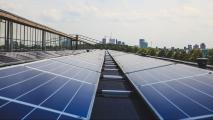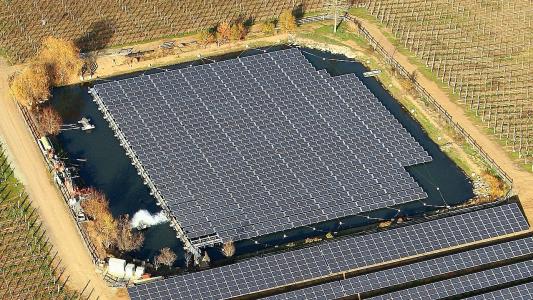Sister Alphonsine Ciza spends most of her day in gum boots, white veil tucked under a builder’s hat, manning the micro hydroelectric plant she built to overcome daily electricity cuts in her town of Miti in eastern Democratic Republic of Congo.
She works around the clock with a team of nuns and engineers, greasing machinery and checking the dials of a generator that is fed from a nearby reservoir and lights up a convent, church, two schools and a clinic free of charge.
Without the plant, residents would only have electricity two or three days a week for a few hours.
“We sisters… cannot function this way because we have to provide a lot of services,” said Ciza, 55, a portable voltage meter slung around her neck in the town of about 300,000 inhabitants near the border with Rwanda.
Blackouts are a daily disruption in the Congo, a vast central African country of around 90 million people that sources most of its electricity from a run-down and mismanaged hydropower system.
The government has worked with foreign partners in an effort to increase the capacity of the mineral-rich nation’s ailing grid. Critics say the new projects focus too much on powering mines and exporting electricity to neighbouring countries.
Despite millions of dollars in donor funding, only around 20% of the population has access to electricity, according to the World Bank.
Fed up with relying on candlelight and costly fuel-powered generators, Ciza started raising money in 2015 to build the hydropower plant.
She picked up skills as a young nun, repairing electrical faults around the convent, which convinced superiors to send her to study mechanical engineering.
It took Ciza’s convent three years to gather the required $297,000 and build the plant, which generates between 0.05 and 0.1 MW.
Thanks to Ciza’s efforts, students at Miti’s Maendeleo secondary school can now learn computer skills from screens rather than from books.
“Previously, power often only came on at night, when children were no longer in school,” said headmistress Mweze Nsimire Gilberte.
“Having our own turbine has been a great relief.”
Republished with permission of the World Economic Forum under a Creative Commons license. Read the original article.






